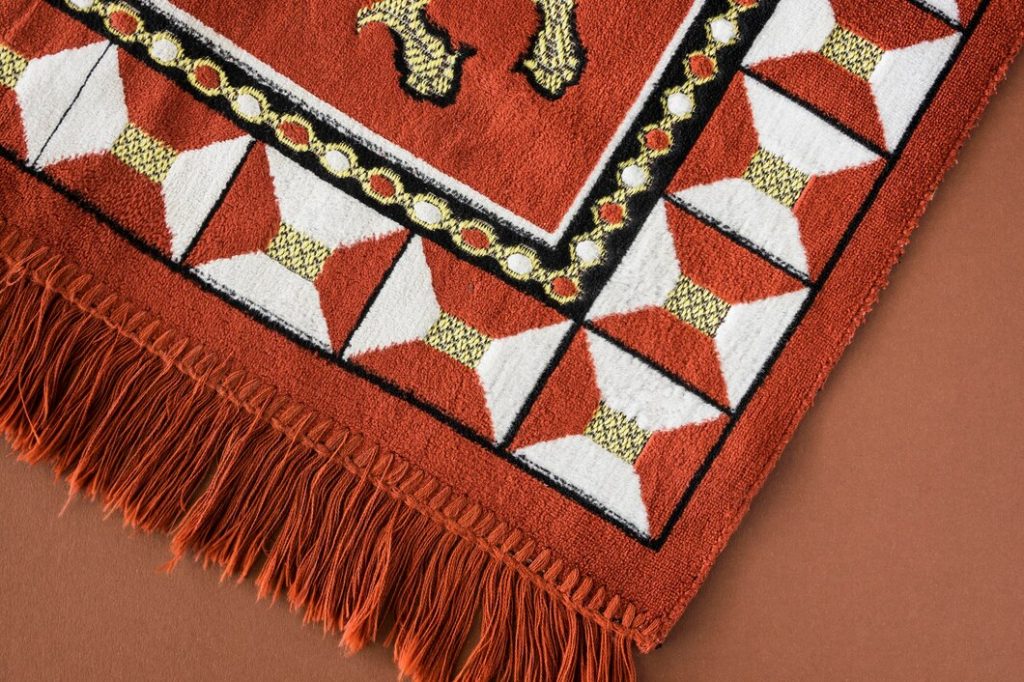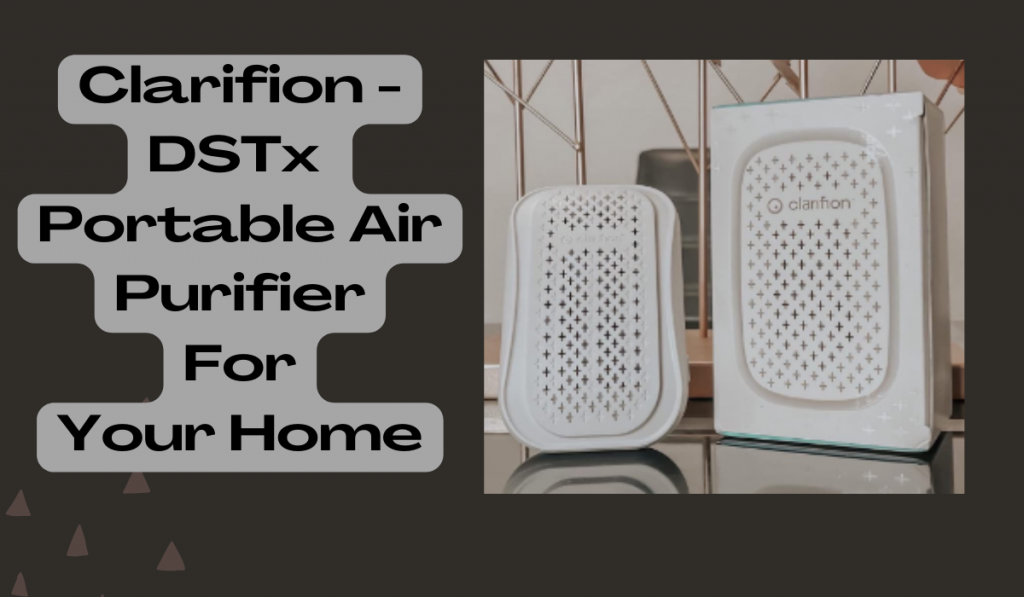With their rich history and intricate designs, handwoven Turkish rugs have long been a symbol of sophistication and timeless style in interior design. The perfect blend of elegance and tradition, these unique pieces enhance any space, infusing it with character and charm.
Whether they’re used to add warmth to modern settings or complement classic decor, Turkish rugs offer an enduring aesthetic appeal. This article will explore the intricate beauty of Turkish rugs, their historical significance, and how they can seamlessly blend with various interior design themes.
Characteristics of Turkish Rugs
Design Elements and Symbolism
Geometric Patterns and Motifs: Turkish rugs are celebrated for their intricate geometric patterns, which are visually captivating and carry profound symbolism. These motifs frequently feature elements inspired by nature, including flowers, birds, and trees, each with its distinct symbolic significance. For example, the Tree of Life motif symbolises eternal life and abundance, while the star motif embodies spirituality and mysticism.
Colour Symbolism: Turkish rugs incorporate colours that hold deep symbolic meanings. Blue represents protection from evil, red signifies joy and abundance, and green symbolises vitality and fertility. These vibrant hues breathe life into the rugs, adding an enchanting allure and captivating the beholder.
Border Designs: The borders of Turkish rugs embody the essence of the rug’s central theme, adding a touch of wholeness to the design. These borders feature an array of motifs, each playing a role in the overarching story of the rug.
Material and Craftsmanship
Turkish rugs have a rich heritage of being meticulously crafted from natural materials. The most commonly used material is wool, valued for its durability, warmth, and luxurious texture. For an added touch of luxury, some high-end rugs also incorporate silk, lending a shimmering sheen and an indulgent feel.
When it comes to dyeing, traditional Turkish rugs rely on natural dyes extracted from plants, insects, or minerals. This results in vibrant, enduring colours that greatly enhance the visual appeal and longevity of the rug. The craftsmanship of these rugs is steeped in centuries-old techniques, with each knot meticulously hand-tied, resulting in a truly unique and artistic masterpiece.
Incorporating Turkish Rugs into Different Design Styles
Traditional Interiors
In traditional interior design, Turkish rugs can be a transformative choice that brings warmth, character and a touch of antiquity. These rugs often feature an array of intricate patterns and rich colours that can complement the classic furniture and ornate details characteristic of traditional decor.
A large, centrally positioned Turkish rug can act as a vibrant focal point in a living room or dining area, while smaller rugs can add a touch of exoticism to an office or bedroom. Pairing a Turkish rug with hardwood floors is common, enhancing its visual appeal while providing a comfortable underfoot feel. When choosing a Turkish rug for a traditional interior, consider its colour scheme and motifs to ensure it harmonises with the room’s existing aesthetic.
Modern & Contemporary Interiors
Turkish rugs are an unexpected and delightful juxtaposition to modern and contemporary interiors’ clean lines and minimalist aesthetic. Their intricate patterns and rich colours inject texture and warmth into a space that sometimes feels stark or clinical. Turkish rugs are versatile, so they don’t necessarily have to align perfectly with the room’s colour palette; in fact, an element of contrast can make the rug stand out as a focal point.
When used in larger, open-concept spaces, a Turkish rug can help delineate different zones, such as a dining or seating area. Smaller rugs or runners can be used in hallways or entrance spaces, adding a burst of personality and a nod to tradition in a modern context. With careful consideration of size, colour, and pattern, a Turkish rug can be a stunning addition to a modern or contemporary interior.
Strategic Placement of Turkish Rugs
Living Room Arrangements
Turkish rugs can be placed in living room arrangements to accentuate the room’s layout or furniture. For larger rooms, a centrally positioned rug not only defines the seating area but also brings a sense of unity and cohesion. Ensure the rug is large enough so that at least the front legs of the furniture are on the rug.
However, a Turkish rug can be positioned before a sofa or under a coffee table to anchor the room in smaller spaces. If you have an open-concept living room, using multiple Turkish rugs can help delineate separate spaces while maintaining a harmonious aesthetic. Always consider the balance of the room and the interaction between the rug and other elements, such as furniture, light fixtures, and artwork.
Bedroom Enhancements
Turkish rugs can add a touch of elegance and warmth to a bedroom. One common approach is to position a larger rug underneath the bed with enough space extending beyond the sides and foot of the bed – this not only anchors the bed within the room but also provides a soft and comforting landing for your feet when you wake up. Smaller rugs or runners may be used alongside the bed or dressing table for an additional splash of colour and texture. A richly patterned Turkish rug can be a striking focal point in a minimalist bedroom design.
Alternatively, a subtler rug pattern can balance a bedroom with an established colour scheme. Remember, the rug does not need to match everything in the room; it can either complement existing colours and patterns or introduce new ones. It’s all about choosing a rug that enhances your bedroom’s serenity and personal comfort.
Dining Area Integrations
In dining areas, Turkish rugs can create a sophisticated and inviting atmosphere. They can be placed under the dining table and chairs, enhancing visual appeal and noise reduction. The rug size should be such that chairs remain on the rug even when pulled back, providing stability and preserving your floor from scratches. A rug with a more intricate pattern can also camouflage any accidents or spills that often occur in a dining setting. When selecting a rug for this area, consider choosing one with darker tones or complex patterns to conceal potential stains.
Additionally, the texture and weave of the rug should be easy to clean and durable enough to withstand the frequent movement of chairs. Incorporating a Turkish rug can make your dining area feel warm and inviting, encouraging family members and guests to linger longer over meals and conversation.
Selecting the Right Turkish Rug
Consideration of Size and Shape
The rug should align with the dimensions and layout of your space. For instance, a large rectangular rug can define a seating area in the living room, while a small round rug might be perfect for a reading nook or under a small coffee table. The rug size can dramatically influence the room’s perception of space. A small rug can make the room feel cramped, while a too-large rug may dwarf other furniture items. As a general rule, select a rug that accommodates all the furniture in a defined grouping or at least the front legs of the furniture.
As for the shape, it should complement the furniture and room configuration. A round dining table, for instance, would look best with a round rug, while a rectangular dining table would work well with an oblong rug. Experimenting with rug shapes can also lead to interesting visual dynamics.
Colour and Pattern Selection
Regarding colour and pattern selection, Turkish rugs offer a cornucopia of options, each with unique charm and character. The choice of colour should ideally reflect the palette of your room. If your space features a neutral colour scheme, a vibrant Turkish rug can act as a striking focal point, injecting colour into the room. Conversely, if your room features bold colours, a Turkish rug with subtle hues can balance the visual weight, creating a harmonious aesthetic. It’s also advisable to consider the traffic in the room; darker colours and intricate patterns are better at hiding stains and wear.
As for patterns, Turkish rugs can range from geometric and floral designs to intricate motifs. If your space is adorned with modern furniture, a rug with a geometric pattern can enhance the contemporary feel. On the other hand, a rug with a traditional motif can infuse a touch of elegance into your room.
Care and Maintenance for Longevity
Cleaning and Preservation
Regular cleaning and preservation measures are crucial in maintaining the beauty and longevity of your Turkish rug. Vacuuming your rug at least once a week is recommended to remove dust or dirt. Remember to clean both sides and avoid using a rotary brush on the front side, as it can damage the fibres. For spills, attend to them immediately. Blot the area with a clean, dry cloth—never rub, as this can cause the stain to spread or the rug fibres to tear. For stubborn stains, consider professional cleaning, as improper methods can cause colour bleeding or fading.
To preserve the rug, avoid direct sunlight, as prolonged exposure can cause the colours to fade. Rotating the rug every few months is also a good practice, ensuring even wear.
Lastly, get your rug professionally cleaned every 2-3 years or more frequently if it’s in a high-traffic area. This deep cleaning can help restore the rug’s original brilliance and prolong its life.
Periodic Rotation and Inspection
Periodic rotation and inspection of your Turkish rug are crucial to preserving its beauty and structural integrity. Due to the daily wear and tear, certain rug areas might endure more pressure and footfall than others, leading to uneven fading and wear. To prevent this, it’s recommended to rotate your rug 180 degrees every six months. This practice ensures even distribution of wear and maintains the uniformity of colour and texture across the rug.
Moreover, regular inspection is pivotal in detecting any early signs of damage, such as moth infestations, fraying edges, or loose threads. Immediate attention to these issues can prevent further deterioration and help maintain the rug’s original condition. Professional restorers should be consulted if any damage is detected during these inspections. Their expertise can help restore the rug’s original glory without compromising its structure or design.
Remember, a well-cared-for Turkish rug can last several generations, becoming a treasured family heirloom. Be sure to invest time in these simple maintenance practices to prolong the life and beauty of your rug.
Takeaway
Selecting the perfect Turkish rug requires careful consideration of various factors ranging from size and shape to colour and pattern and proper care and maintenance for longevity. The intricate and unique Turkish rug designs can significantly enhance your space’s aesthetic appeal, imbuing it with a distinct character and charm.
However, to ensure that these art pieces continue to adorn your interiors for years, committing to regular cleaning, preservation, and inspection is necessary. By keeping these points in mind, you can select the perfect Turkish rug for your space and ensure that its beauty and elegance are preserved for generations to come.
James Martin is a passionate writer and the founder of OnTimeMagazines & EastLifePro. He loves to write principally about technology trends. He loves to share his opinion on what’s happening in tech around the world.


